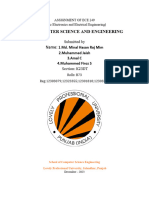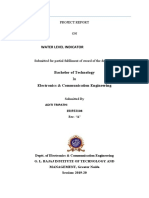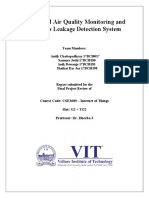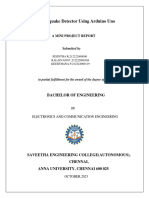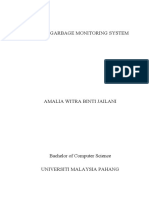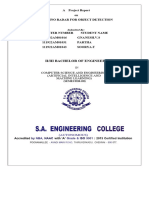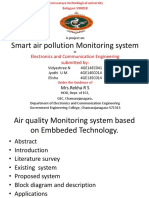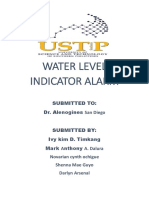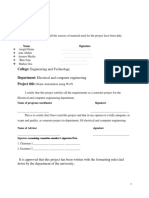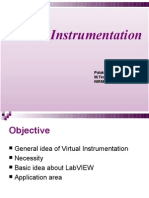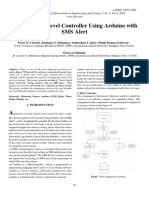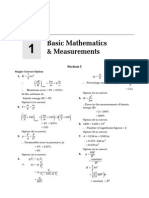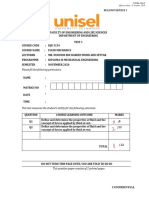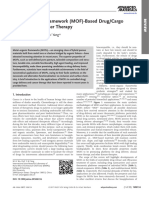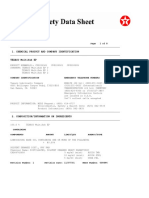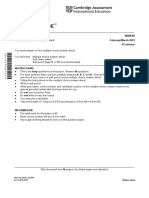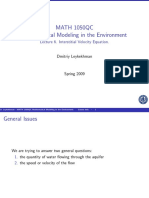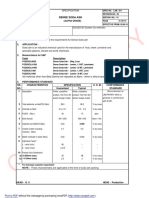0% found this document useful (0 votes)
546 views17 pagesArduino Touchless Water Dispenser
This document describes a touchless water dispenser system using an Arduino. The system uses an IR sensor to detect hands and activate a solenoid valve to dispense water contactlessly. It also includes a water level sensor connected to a buzzer to alert users when the water reservoir is low. The system aims to save water by automating the manual tap and avoiding wastage. It outlines the components, circuit diagram, code, working mechanism and concludes the automatic dispenser could provide efficient water monitoring with low costs.
Uploaded by
Varne VinayCopyright
© © All Rights Reserved
We take content rights seriously. If you suspect this is your content, claim it here.
Available Formats
Download as PPTX, PDF, TXT or read online on Scribd
0% found this document useful (0 votes)
546 views17 pagesArduino Touchless Water Dispenser
This document describes a touchless water dispenser system using an Arduino. The system uses an IR sensor to detect hands and activate a solenoid valve to dispense water contactlessly. It also includes a water level sensor connected to a buzzer to alert users when the water reservoir is low. The system aims to save water by automating the manual tap and avoiding wastage. It outlines the components, circuit diagram, code, working mechanism and concludes the automatic dispenser could provide efficient water monitoring with low costs.
Uploaded by
Varne VinayCopyright
© © All Rights Reserved
We take content rights seriously. If you suspect this is your content, claim it here.
Available Formats
Download as PPTX, PDF, TXT or read online on Scribd
/ 17


